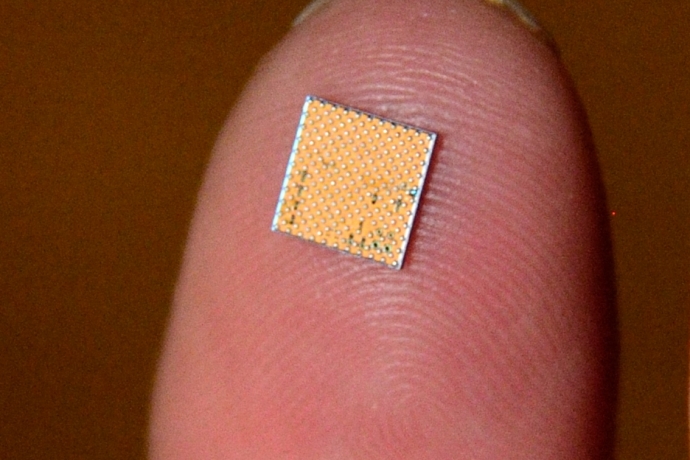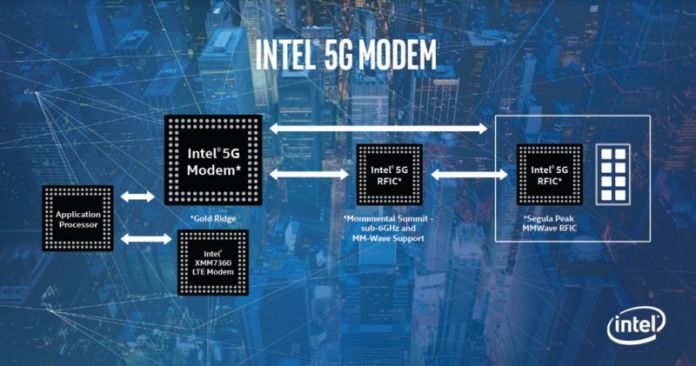If we are not already there, a connected world is on our doorstep. People have already become used to being connected through mobile devices, but the idea of device connectivity is about to change as the Internet of Things (IoT) grows. To power a world of connectivity, a new 5G wireless network will be used. Intel is planning on leading the 5G surge, and the company's head of 5G has discussed the first step.
Rob Topol, general manager of Intel's 5G business and technology, spoke to VentureBeat at CES 2017. During the discussion, Topol talked about the company's first ever 5G chip, was debuted at the Las Vegas event.
IoT and the concept of a connected world has been growing in recent years. The tentacles are wide ranging, including smart home devices and autonomous technology for cars. Connected devices are moving beyond traditional consumer tech products. Consumers will be using smart showers, eating from smart refrigerators, and flying in smart planes.
Far from being a vision of the future, this connected revolution is happening right now. With literally thousands of products sharing information, wireless technology needs to keep up. The traffic will simply be beyond the capabilities of current wireless connections.
That's where 5G comes into play. The fifth-generation mobile network will replace 4G LTE and bring a marked improvement in data transmission. Indeed, 5G wireless is capable of carrying data information at gigabits per second. For perspective, current wireless technology in smartphones can manage data transfers in single-digit megabits per second.
Interestingly, when the mobile network generations (like 3G and 4G) have become synonymous with smartphones, Topol sees Intel's 5G chip as moving beyond. In the interview he said:
“This isn't just about a handset. In fact, we frequently say that 5G is the post-smartphone era. It'll be more about the other businesses than it's about handsets. Handsets will just be a part of it. There will be drones, connected homes, collaborative AR, other use cases that not only need but will benefit from 5G.”

At CES, Intel announced its first-generation 5G modem. Currently, the company is using the modem in FPGA prototypes, Topol points out. He adds that the full chip set should be available during the second half of this year. Further, OEMs will start using 5G technology this year and a full network should be in operation by 2020.
Balancing Cost with Speed
When pressed about compromises of new wireless technology, such as speed over cost, Topol said because 5G is expanding beyond mobile, expectations can be different:
“We see 5G as a balanced situation. You'll see certain verticals that move directly to a subscription cellular-based model, but you'll see others that rely on unlicensed technology, especially when you're talking about multi-gigabit data rates. When you talk about an autonomous vehicle that'll have thousands of gigabits of data generated by the machine learning onboard and transmitting over a network, it'll force changes in those models. Not only in the way the network is monetized, but think of — in 5G there will also be machine-to-machine communication. 5G won't just be about broadband. Removing some of that congestion from the network and allowing car-to-car communication, car-to-infrastructure, drone-to-infrastructure — that should help with a lot of the efficiency and congestion in the network.”






